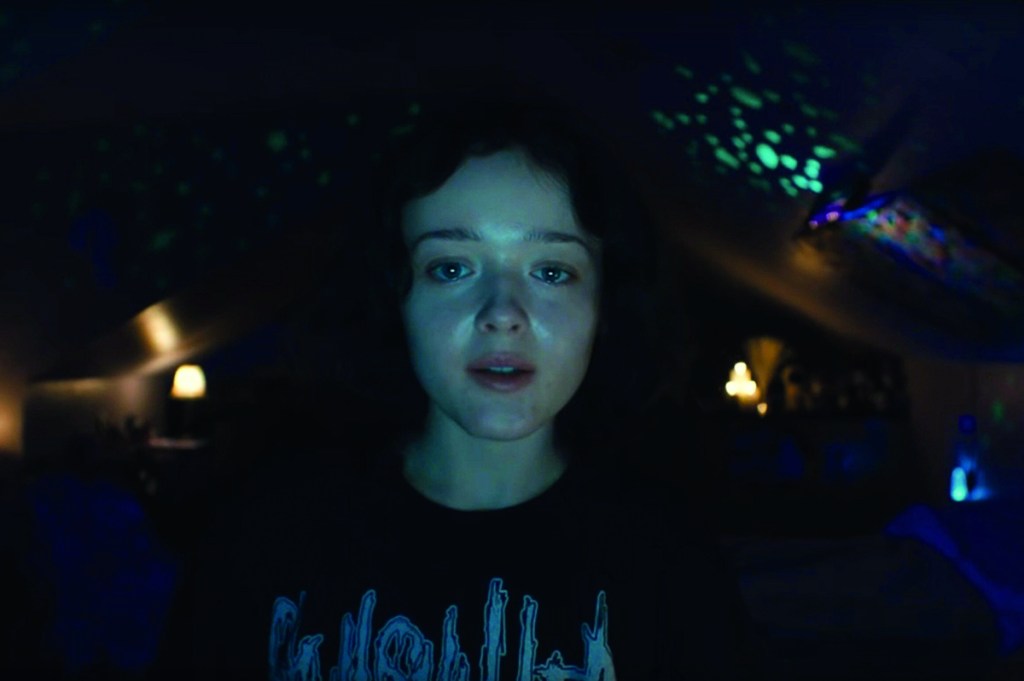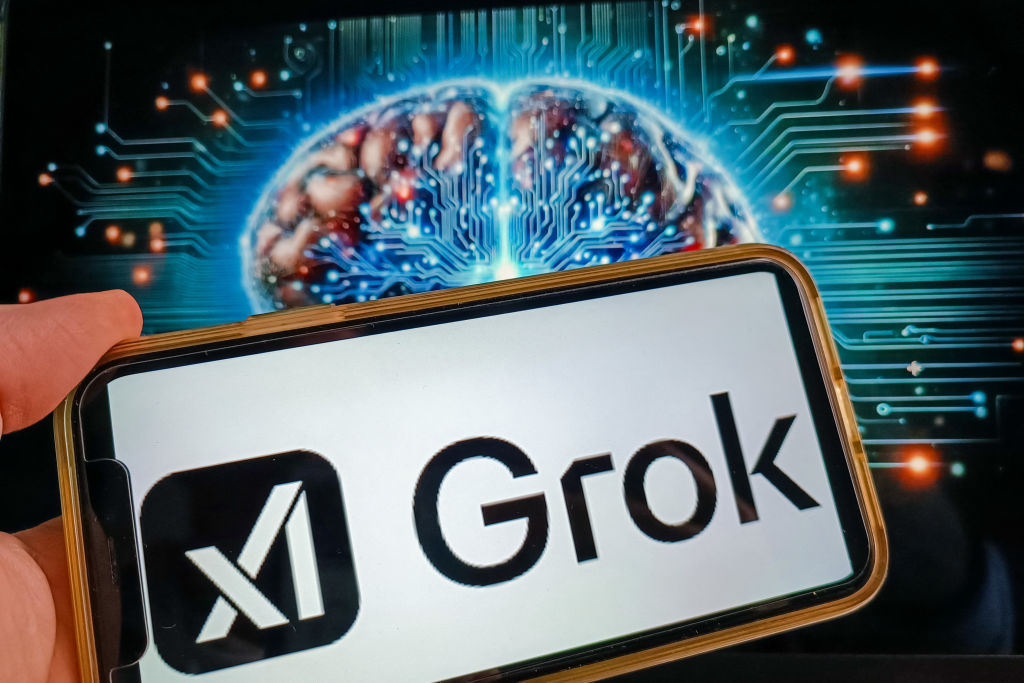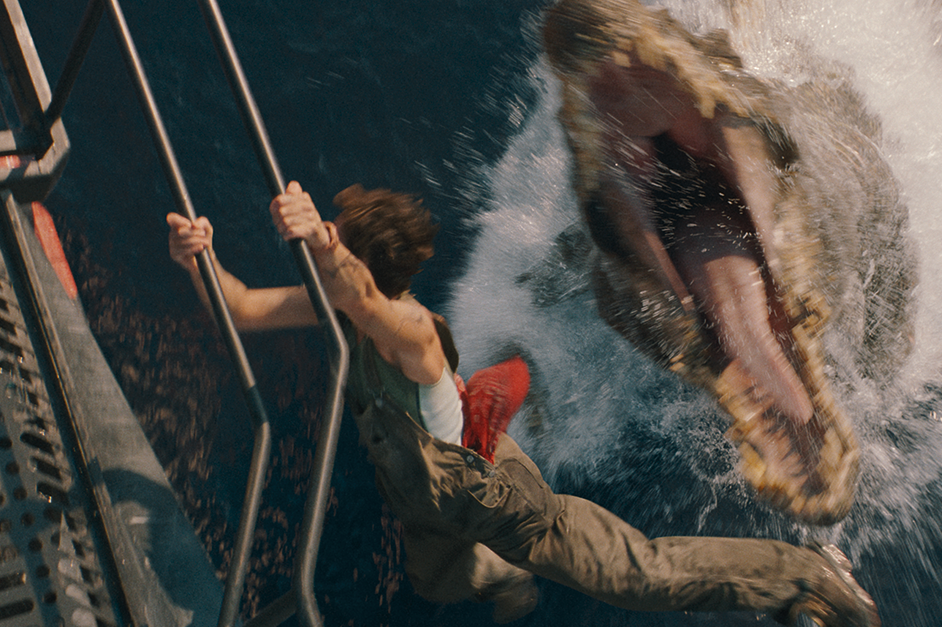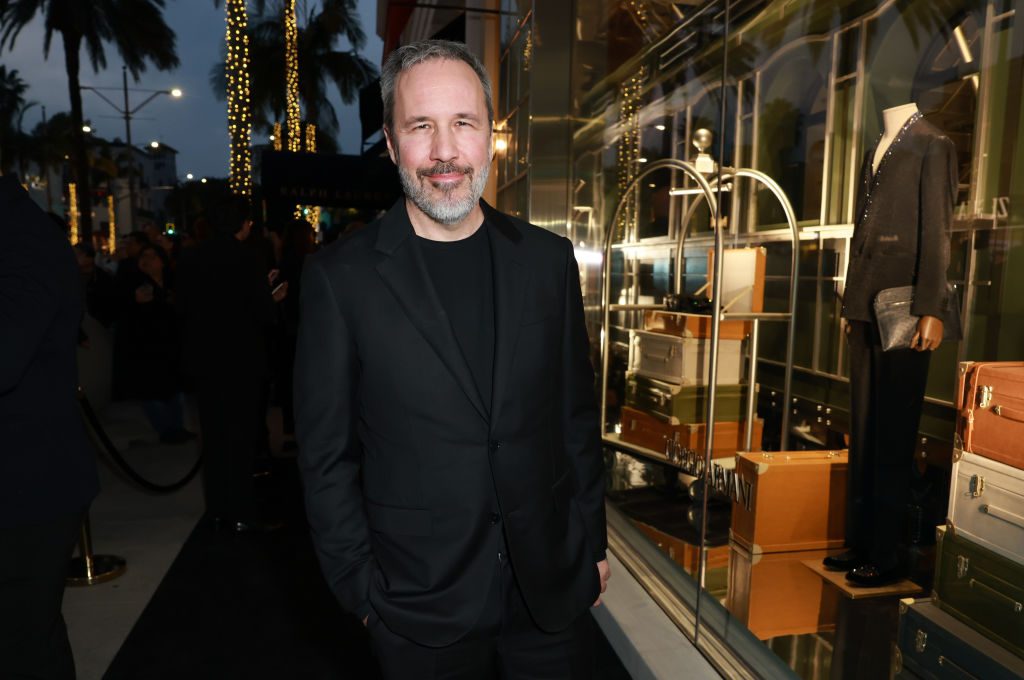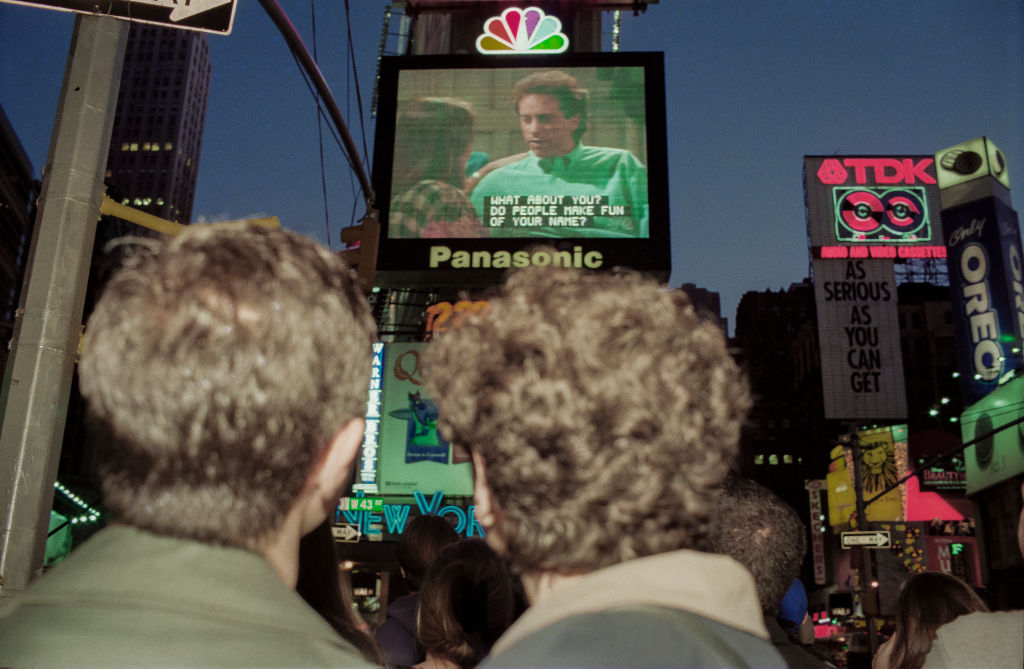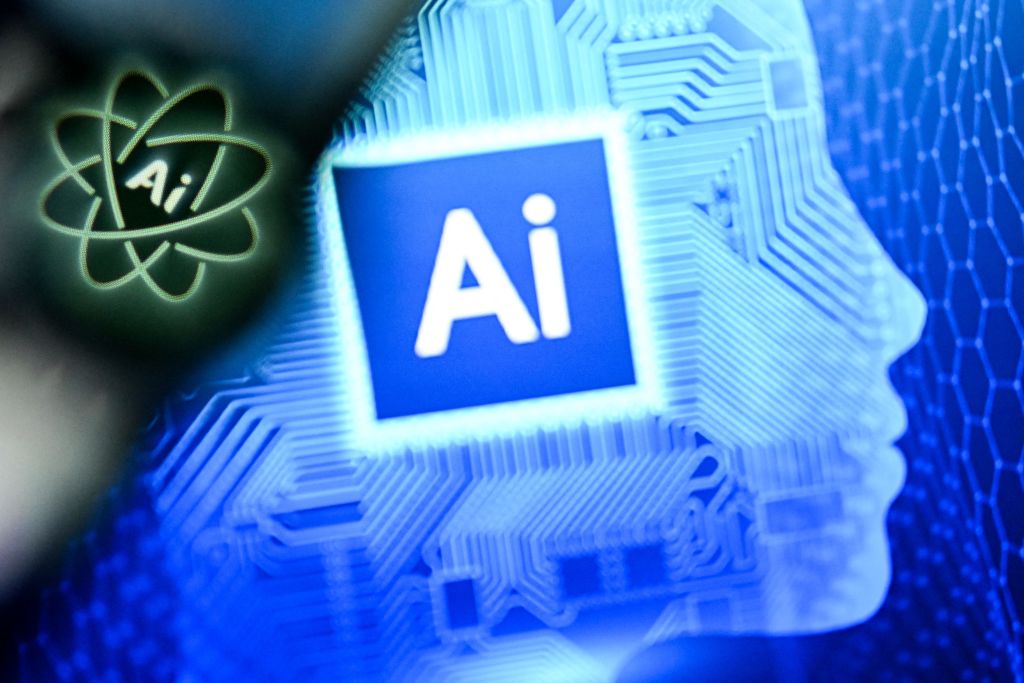More than two decades into internet ubiquity, we’re finally seeing the rise of a generation raised by screens as much as by their parents and peers. Smartphones and social media may not have reared their ugly heads completely until the 2010s, but even in the lead-up to the millennium, computers and the “World Wide Web” were a frequent topic of pop cultural conversation. Within those conversations was always an enormous amount of anxiety. Chatroom “stranger danger” and scammers posing as Nigerian princes seem quaint now compared to the overflowing sewers on display daily in the most craven corners of the web.
Digital anxiety is done. We’re here, and whether you like it or not we’re all soaking in it: the internet and its residue, a phenomenon without precedent in human history that we won’t live to gain proper perspective on. For now, aesthetic exploration is all there is. Can you make a movie about the internet anymore? I’m kind of sick of them, and it’s sobering to remember that Hollywood films like feardotCom, You’ve Got Mail and eXistenZ all came out more than twenty years ago.
Jane Schoenbrun’s feature film debut We’re All Going to the World’s Fair examines the junction at which we find ourselves today: shall we sink into pixels and gigabytes, or continue with a respectful but cautious relationship with technology? Luckily for the human race, Mark Zuckerberg and nearly everyone involved with the “metaverse” have such a powerful negative charisma that, so far, all they’ve done is make the public suspicious, if not scared, of their aims. Their version of virtual reality will not take off. I’m not confident someone else’s won’t.
We’re All Going to the World’s Fair stars Anna Cobb (“in her feature film debut,” as the opening credits declare with pride) and features almost no one else. The only other actor with any substantial screen time is Michael J. Rogers, perhaps best known for his performance in Panos Cosmatos’s Beyond the Black Rainbow in 2015. Here, he’s the creepy guy on the other end of the two-way connection that makes up most of the movie, although Cobb’s character, Casey, merely sets out to participate in the latest viral challenge — “the world’s fair” — and meets “JLB” (Rogers) along the way. But Casey is never manipulated, much less hurt, by JLB or anyone else. The film makes a point of showing this young woman sinking into the bowels of the internet and not only surviving, but growing and learning from it. She isn’t scarred, she’s wiser.
What is “the world’s fair”? An amalgamation of Slenderman, the Ice Bucket Challenge, the Candyman and endless other “creepypasta” residue decipherable to people born after 9/11. We’re All Going to the World’s Fair is an important film because it marks a point of no return. Movies about the internet will never be as quaint as Tom Hanks and Meg Ryan falling in love over AOL in 1998. Schoenbrun spares us the brunt of the web’s horrors, instead sticking mostly to Casey’s laptop camera and her dead-eyed, increasingly bizarre contortions and exercises, which are rarely explained. The rules of the game and its purpose remain a mystery; devoid of heavy plotting, the film moves freely through clips, videos and proper scenes in the way that a streamer or a casual browser may use YouTube or Twitter.
None of this feels good. We’re All Going to the World’s Fair shows that the internet is an inherently damaged and dark place, one that skews and distorts communication rather than facilitating it. Casey and JLB eventually do meet up “IRL,” but this is recalled by JLB in an overwrought monologue at the end, after we’ve seen Casey for the last time. Here, the film feels like it’s grasping for a familiar ending rather than leaving with the ambiguity of Casey’s sudden disappearance. Casey spends her night transported through the best and worst of the world via “the world’s fair,” a fine metaphor for the internet, and is miraculously born again. When he recalls their meeting (she called him a “weird pedophile”), it’s obvious that JLB met a confident young woman who knew who she was and what she wanted — and that’s not the person we saw going to the world’s fair.
This article was originally published in The Spectator’s August 2022 World edition.



